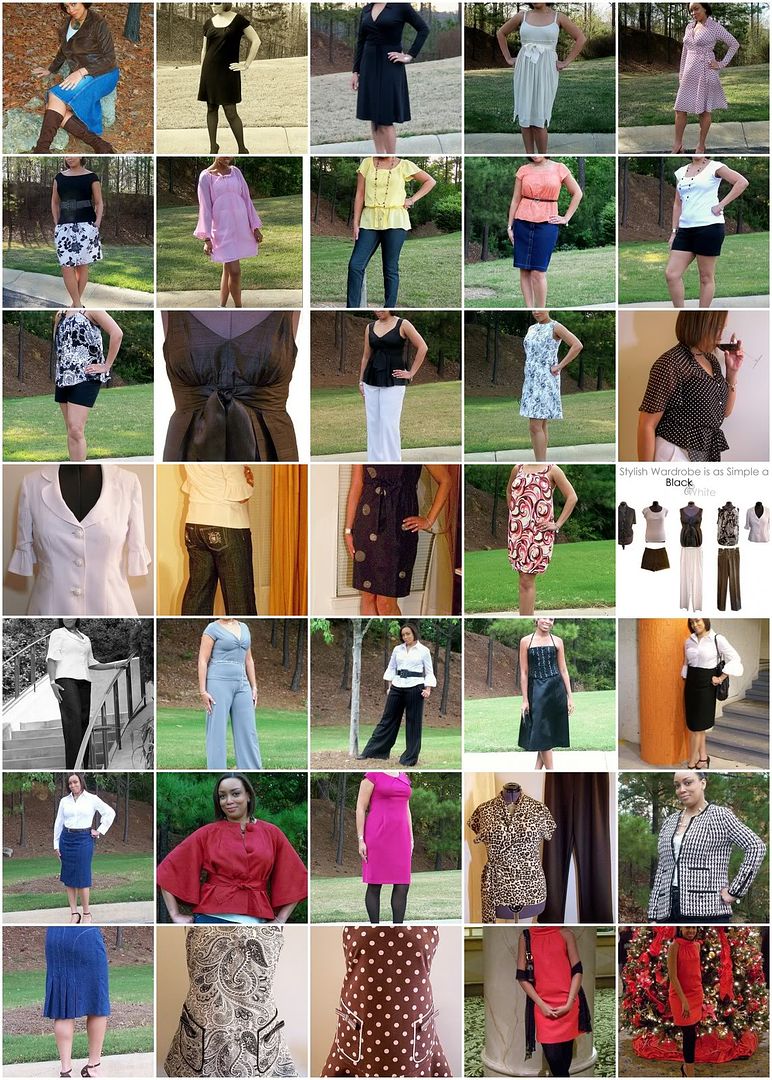
1. Vogue 2923 - DKNY Jacket, 2. Simplicity 4045 - ~The LBD~, 3. The Wrapdress, 4. Vogue 2942 - Donna Karan Dress, 5. RTW Knockoff - DVF, 6. Vogue 2951 - DKNY Skirt, 7. Amber's "Cha-Cha-Cha" Dress, 8. Vogue 8330 - Jeans, 9. Orange you glad it's Spring, 10. Scoop Neck T-shirt & Cuffed Shorts, 11. Flowy Camisole & Cuffed Shorts, 12. Simplicity 3867 - Silk Empire Waist Tunic, 13. Simplicity 4135 - White Linen Pants, 14. Simplicity3744 - Black & White Shift Dress, 15. Simplicity 4112 - Black & White Polka Dot Georgette Top, 16. McCall's 5329, 17. McCall's 5329 & 5142, 18. Simplicity 3874, 19. Simplicity 3799 - Psychedelic Shift!, 20. PR Wardrobe Contest 2007, 21. Stairway to Heaven, 22. Simplicity 3800, 23. Simplicity 3686, 24. Amber's Homecoming Dress 2007, 25. Vogue 8425 - The High-Waisted Skirt, 26. Simplicity 3684, 27. Simplicity 3631, 28. BWOF 09-2007-117 - front, 29. Butterick 5101 -- View A & E, 30. The "CHANEL" Jacket, 31. Vogue 8426, 32. Black & White Paisley, 33. Brown & Pink Polka Dots, 34. McCall's 5512, 35. McCall's 5512




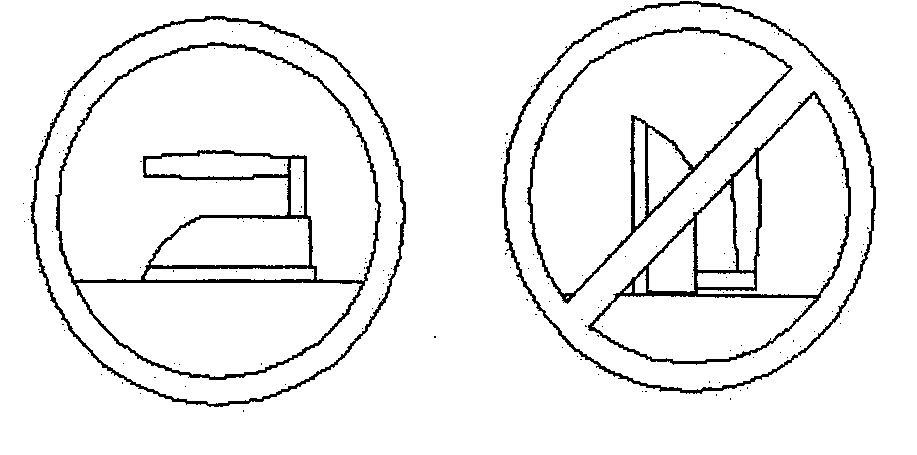


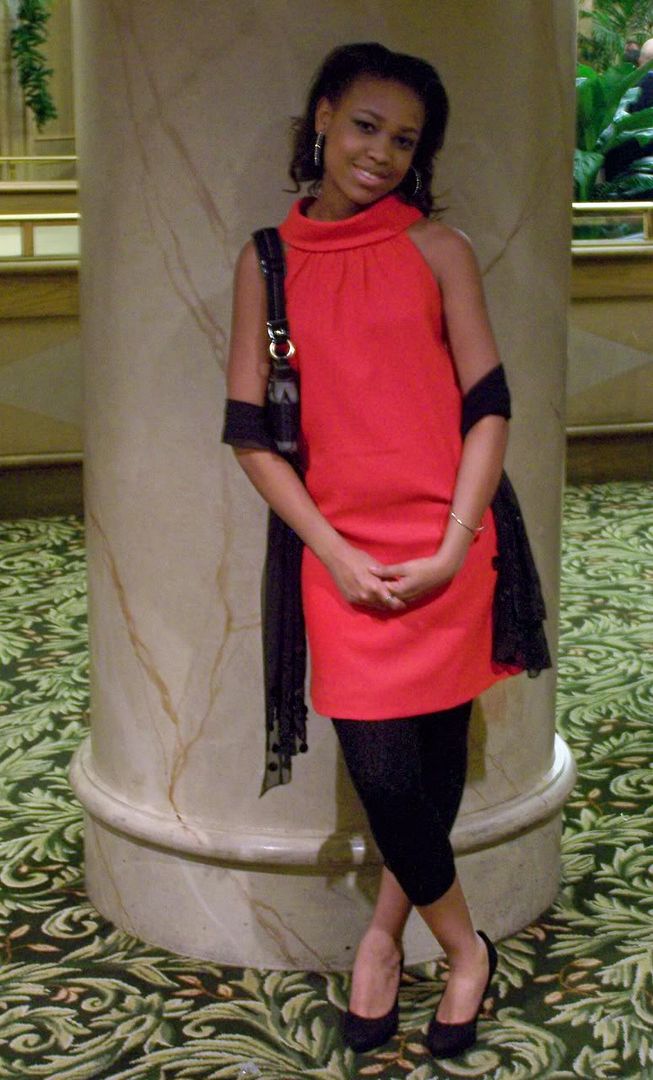
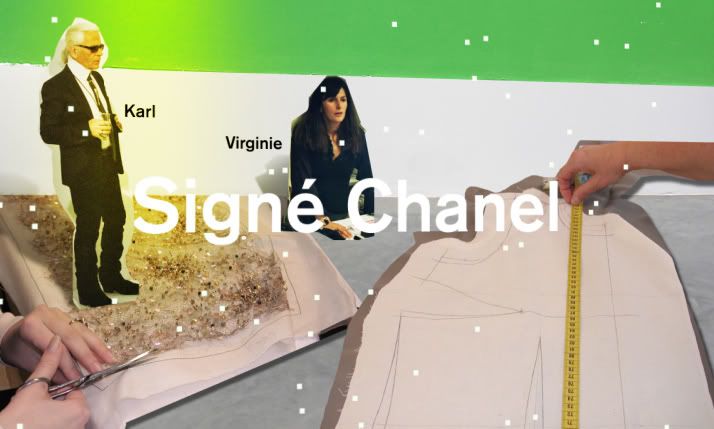



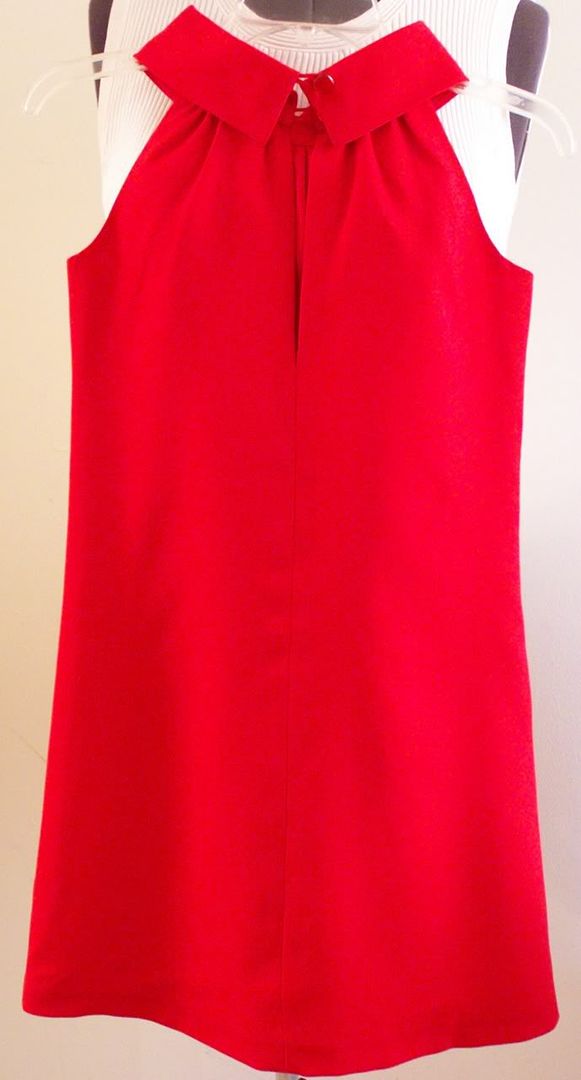

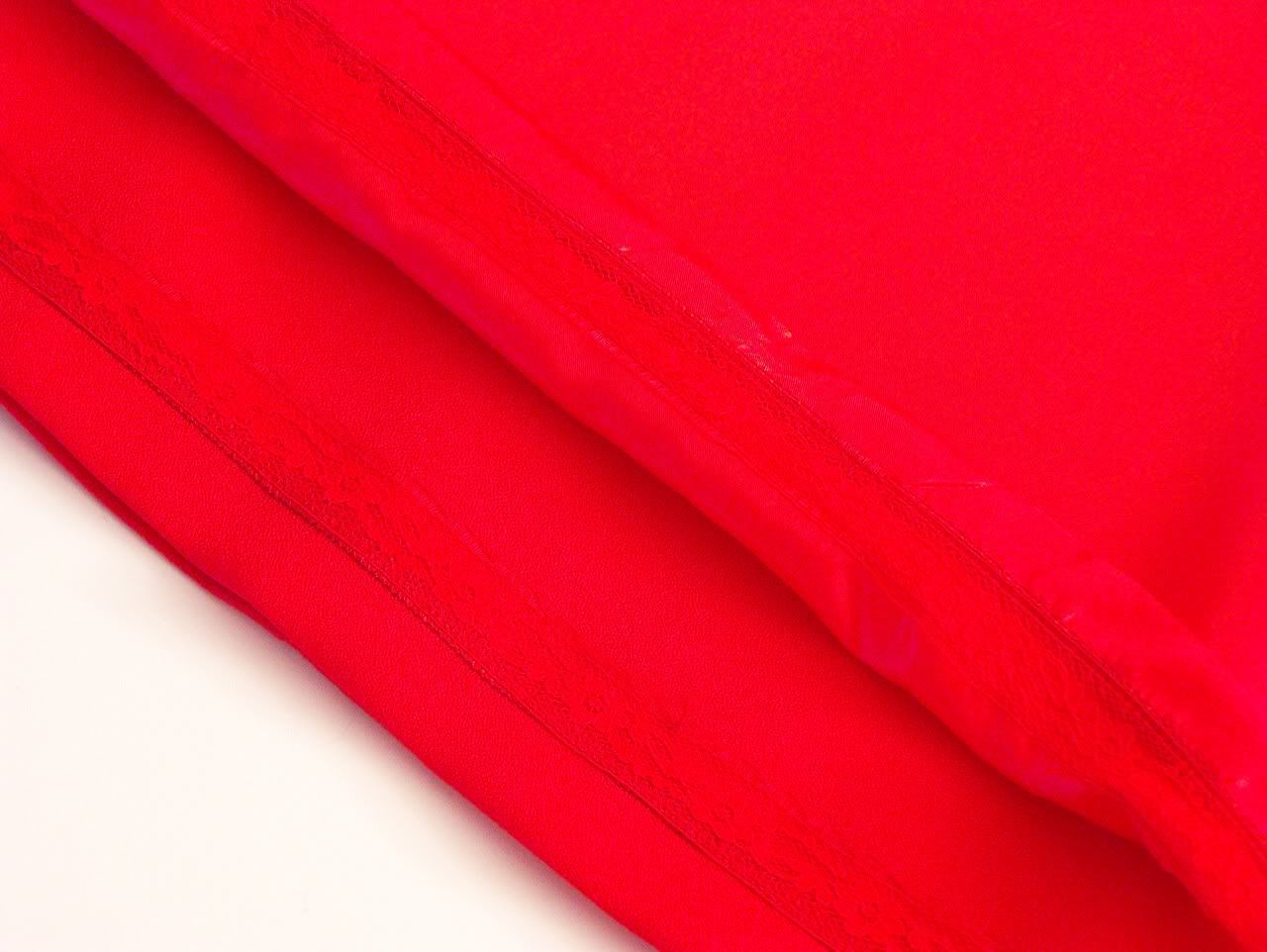
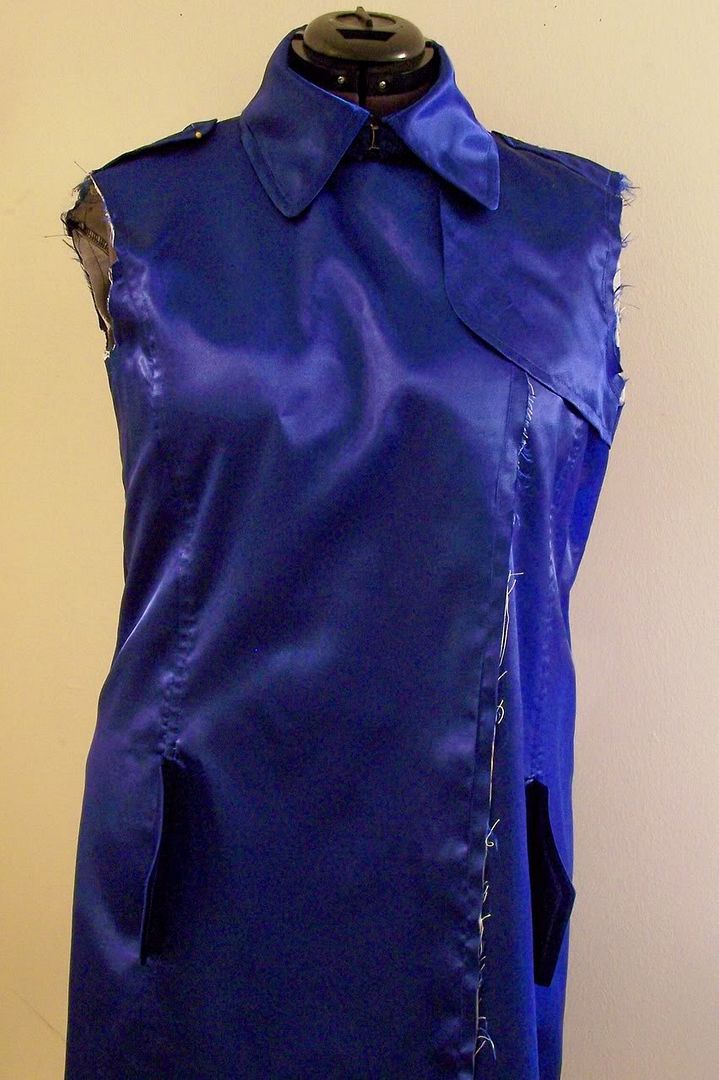
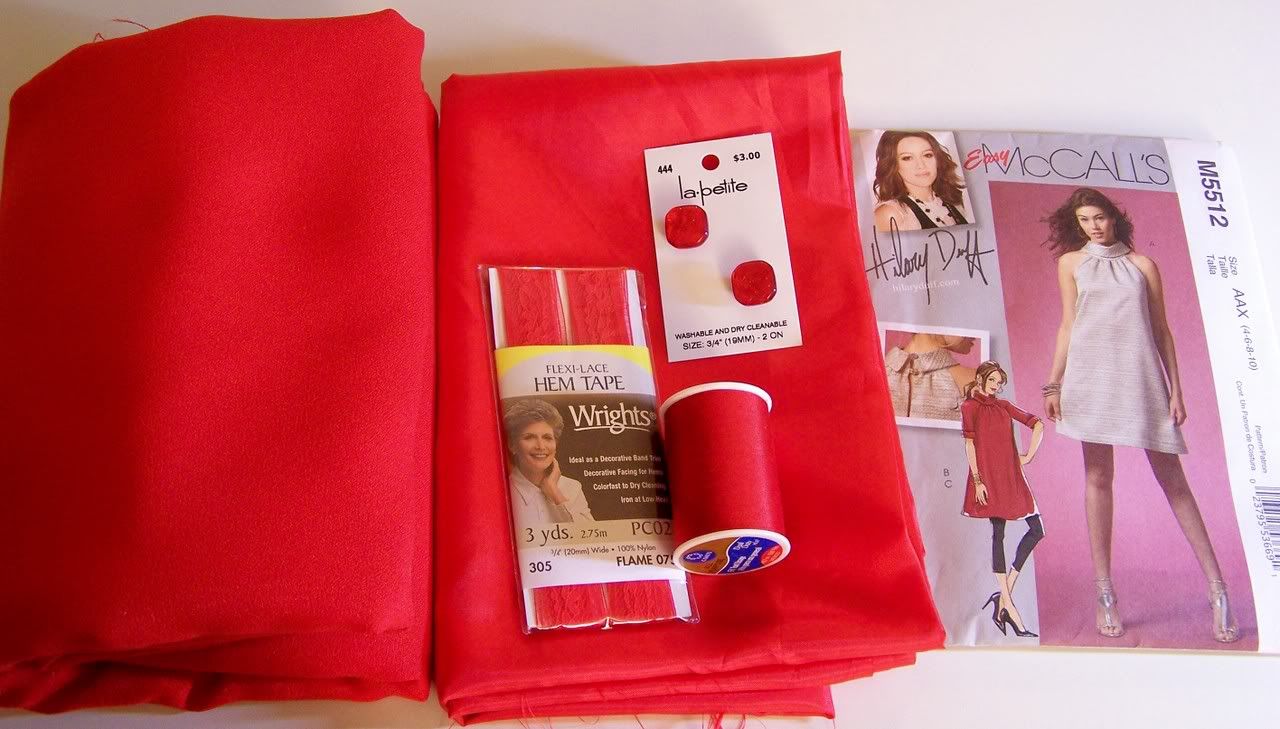
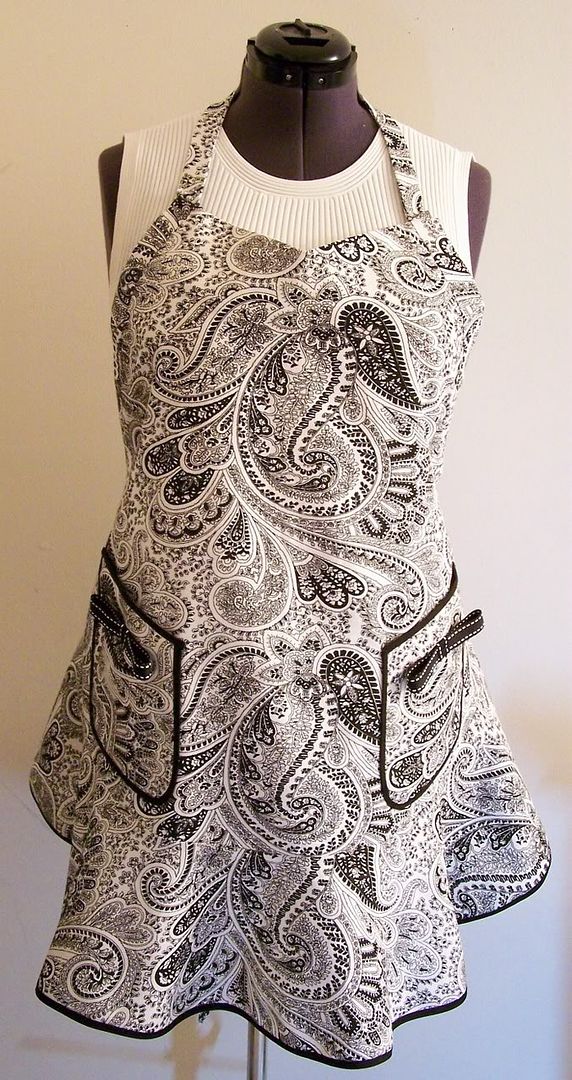
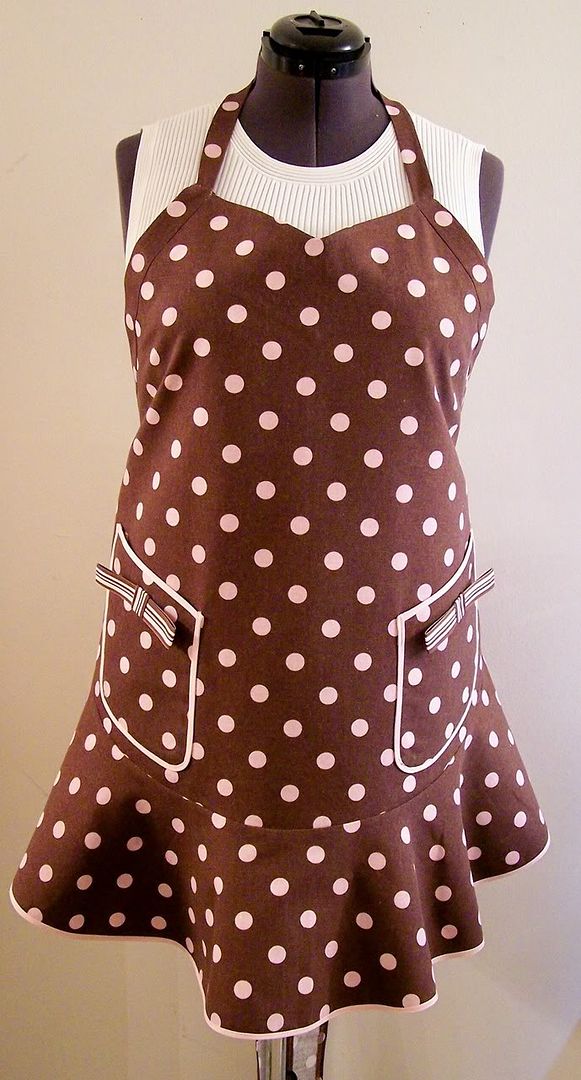


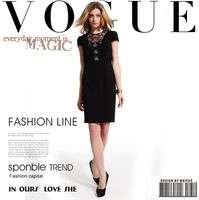


.JPG)






